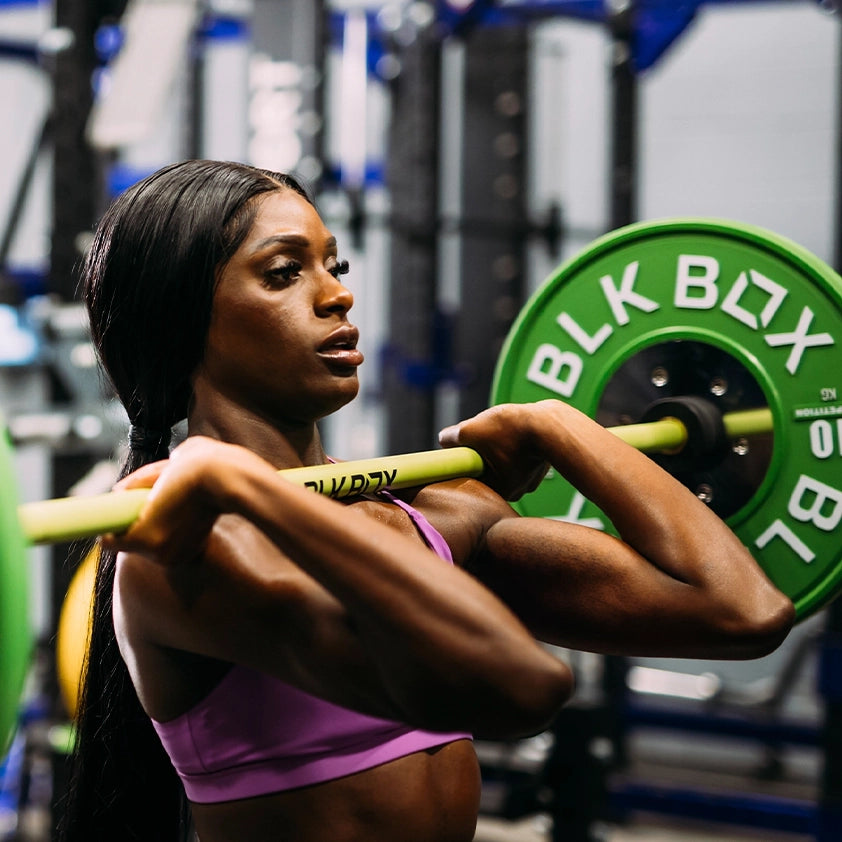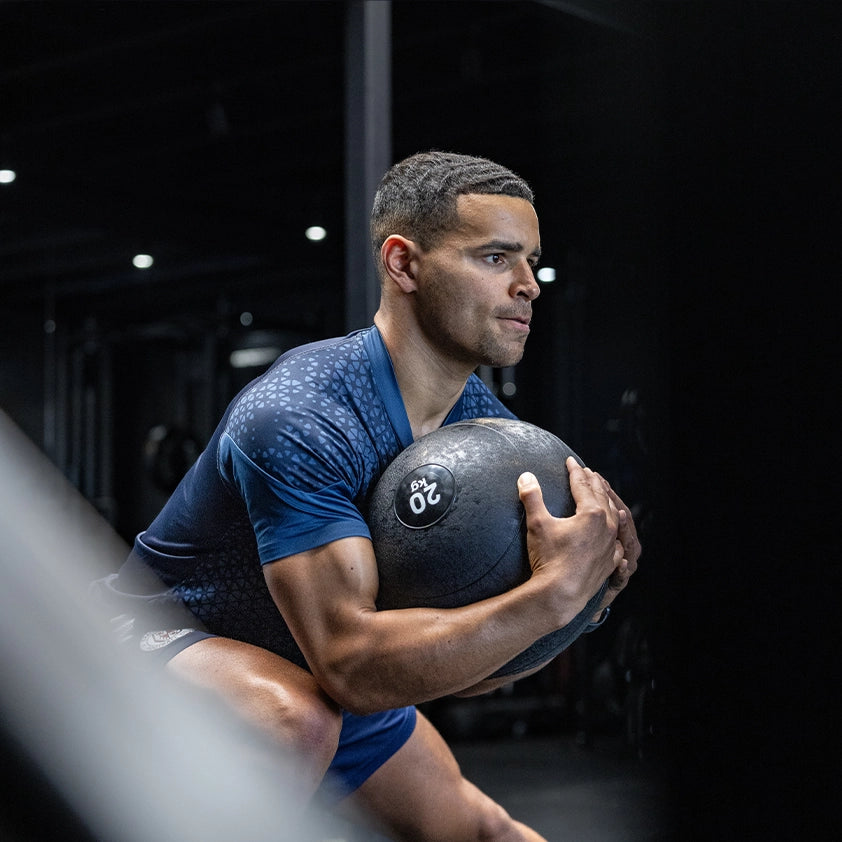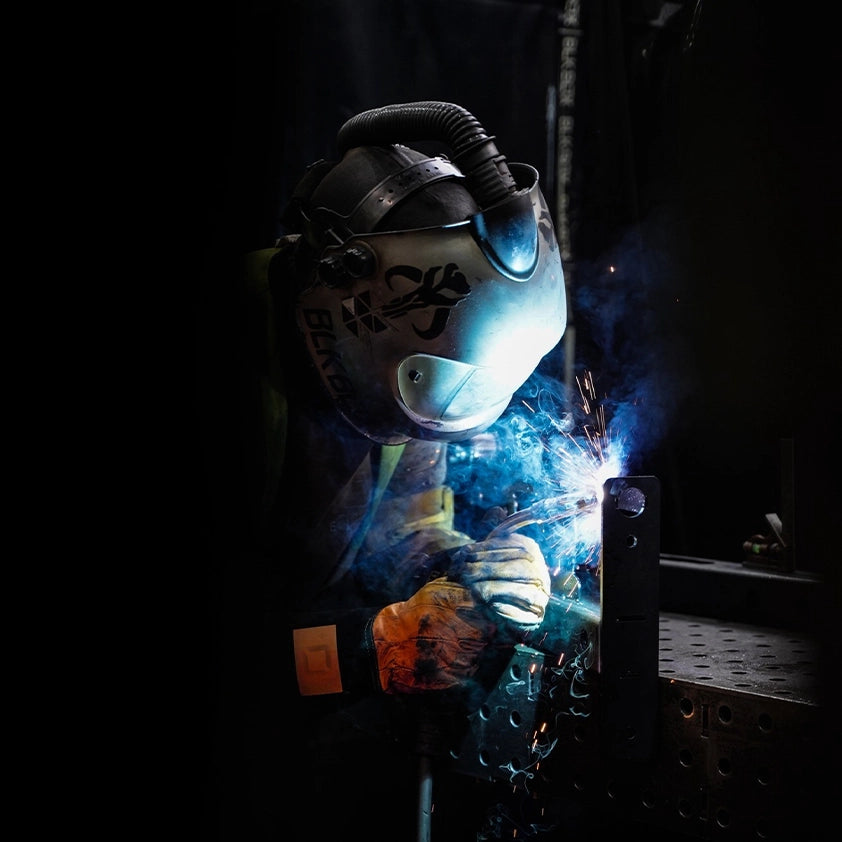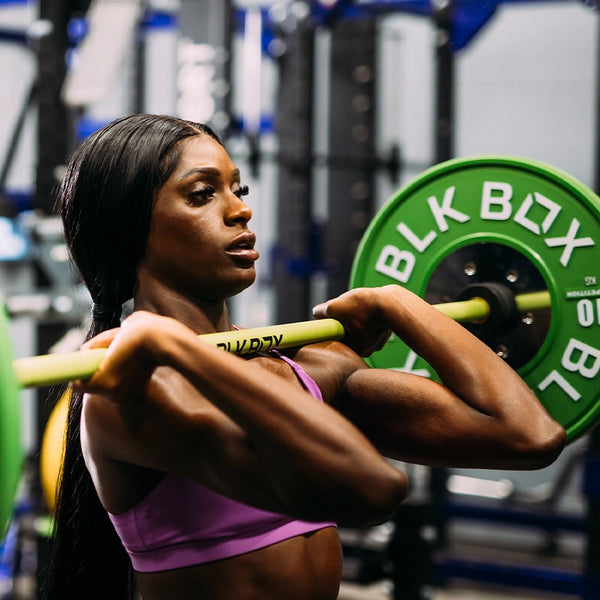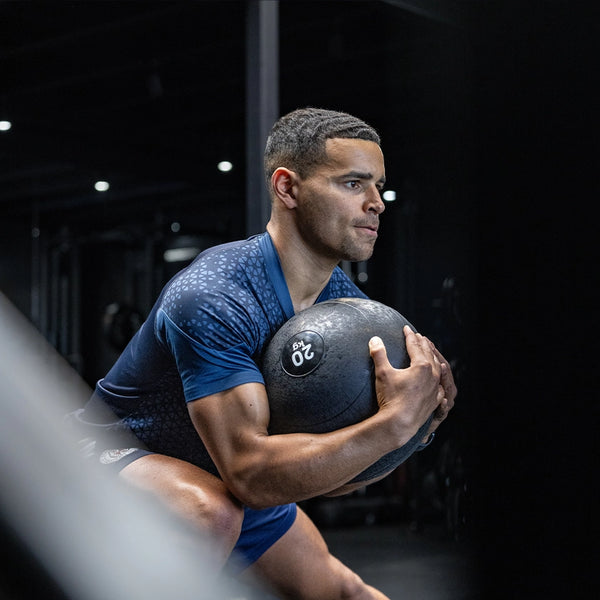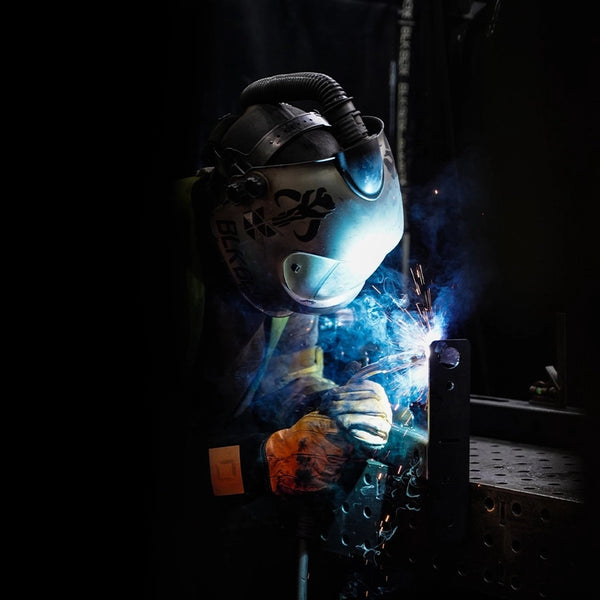Kitting Out Your New Gym Facility
Blog post written by Firas Iskandarani
So, you’ve just taken on a new space for your gym or you’re looking to renew a tired facility. Regardless of the method you choose to do so, your primary interest should be on maximising your return on investment (ROI), whether this be through the provision of the ultimate service or by grossing the maximum turnover possible…for most, it is usually a combination of the two.
By assessing the area and projected use of the facility, we can put together an option that will hopefully maximize ROI and give you peace of mind in knowing that the interests of yourself and your members have been looked after.
Let’s start at the very beginning
Walking into your facility should be a welcoming process that offers a clear view of as much of what is on offer as possible. Depending on the size and shape of the facility, it may be in your interest to place the lowest profile equipment close to the reception area to give a more open view of the gym and create the illusion of more space. The less intimidating equipment can also be arranged closer to this area so as not to dishearten new prospects. An open plan stretching or matted area close to the front entrance can offer members a place to physically (and mentally) prepare for their workouts as well a calmer cool down spot for them to end their sessions.
Moving on in
As the member journey continues through the facility, it should immediately direct them across the main throughway. Arranging the equipment in a grid-like manner will enable this “aisle” to take shape.
This is as much of a science as it is an art and really the best way to go about these things is with multiple iterations of trial and error, ideally on paper first because moving gym equipment is no light task (pun intended). It’s worth noting here that a wheelchair should be able to pass through the aisle unabated, so pushing equipment towards the walls can again add the illusion of space and order.
An often-overlooked factor is that of the member workout journey. Many gym-goers will have a mental roadmap of how their session will take them through the gym, they may even plan the exercise sequence based on equipment arrangements. Constantly changing the arrangements will most likely result in one or two disgruntled voices and this is never a good thing. Think about how you’d feel if someone had rearranged your desk while you were away. If you are planning on rearranging equipment, do it less often than you may want to and try to get feedback from as many people as possible. You can’t please everyone, but if you at least make the effort, you can save yourself some headache down the line.
Shape & Dimensions
The space used for the gym floor is normally defined by the overall building, but where possible it’s ideally a rectangular space with a length to width ratio of less than 3:1. But unless you are fortunate enough to be in a purpose-built facility, this may not be the case.
Consider squaring off corners and alcoves using one of the following options:
- Plant room facilities
- Water fountains and waste bins
- Audio visual equipment
- Racking and storage
Accessibility
Facilities providing services to the public need to abide by whatever local regulations are in place with regards to catering to the needs of individuals with disabilities. It would be in your best interest to look at current legislation in your region or locality. In the United States, these can be found by consulting the Americans with Disabilities Act [1] whilst in the United Kingdom, the Inclusive Fitness Initiative [2] would be a good place to start.

Gym owners shouldn’t look upon this as a necessity to incur additional investment or lose valuable space. Instead, if planned correctly it can be another means by which to ensure more users can access and use the facility.
Equipment Selection
The next step is deciding which equipment to purchase and where to put it. The equipment choices will then dictate the flooring and environment of the surrounding area.
Cardio Area
Always an easy option for most gyms, equipment here is likely to be the most expensive within the gym, however it is the least intimidating of all to new and prospective members and often used the most. Currently, trends are moving towards having a larger proportion of self-powered cardio equipment, these usually offer more simplified equipment that may not have all the 'bells and whistles' of their powered counterparts but are generally much cheaper (to buy and run) and offer a different style of training. Any equipment you purchase here should abide by ISO 20957 for stationary training equipment, this will also apply to equipment in the next section.
Strength Equipment
Another mainstay in most commercial sites. These items will usually come with instructional diagrams for use and purpose, and also offer an easy introduction for people to interact with personal trainers and coaches on the gym floor. They are also ideal for many novices training unsupervised, as the line of action is usually set and so likelihood of injury is low. A lot of these, however, are limited to one or two exercises per piece of equipment, this does mean more will be needed to provide a full-body training solution and so this should be considered when choosing which pieces to purchase. Cable based equipment, however, with its multiple fixtures offers greater variety within a smaller footprint (and subsequently cost) however, it should be noted that with cable equipment the manufacture specified dimensions are often not indicative of actual usable space.
Free Weights
Few things are more commonplace in any gym than a handful of adjustable benches surrounded by an arcade of dumbbell racks; add in a squat rack, a bench press and a smith machine and your iron paradise is complete. There may even be a desire for specialist equipment such as the less popular Incline Hyper Extension and these will likely find their place somewhere between the free weights and strength equipment.

Group-Ex Studio
Wooden floors, mirrored walls and middle-aged women in pastel coloured leggings doing step aerobics…or not. Although not a necessity and not always a direct source of income; many gyms see the benefit in offering group exercise classes in many different categories from spin to holistic to dance. These classes will create a community feel within the gym with multiple members returning again and again to a workout they need to put very little thought or planning into. And because everything is scheduled it makes it easier for them follow a regiment. In the case of spin and resistance exercise-based classes, this does mean additional cost of multiple pieces of equipment. Add this to the fact that this will also be a space that will be most likely go unused outside of class times and the negatives are also clear.
Functional Areas
These areas offer a definitive meeting point between almost all of the above, breaking many of the rules of space and equipment requirements. By far the most versatile in terms of equipment use and purpose, however, not always an easy option to implement without the correct trainers available on-site for gym novices. These areas also carry with them the greatest risk of injury due to the plethora of options members will have with the equipment available. Usually this area would benefit from a free-standing or wall-mounted rig with attachments for barbells and suspension training devices. There may also be a 'turfed' area for use with Sleds which offers a different visual to the usual rubberised flooring. Make plans also for a fair amount of racking for Kettlebells, Plates, Balls and Dumbbells.

These areas will benefit greatly from being manned. Not only for safety purposes, but also to allow for a greater degree of freedom within the gym's member base to use the area. From here a structured schedule of classes can be run, teaching members how to use the equipment and getting the most out of all the available items.
Division of Resources
So where does one go from here? All the above areas have their draw backs as well as their obvious pros. The final decision on how much of each you choose will depend on what your goal is for your gym; who your clientele is, what they want and how much time you want to invest in educating and maintaining a strong team of trainers.
For many, the functional space offers a resource-friendly area with a high ROI. The kit is far cheaper that the specialist cardio or strength equipment and space will be used to a greater degree outside of any class hours than it will in the bespoke studio space.
There may be conflicts between classes and the rest of the member base, but as long as they’re made aware of class times and are potentially offered a smaller area to use, a lot of these issues can be circumvented.

For all intents and purposes, the majority of exercises performed on the specialised strength equipment can be mimicked with the use of the rig and a barbell or dumbbells. However, some equipment such as the prone hamstring curl, can’t be easily imitated in this functional training environment and so specialised benches and pieces of equipment like this may still be needed.
Many of the self-powered cardio equipment can also find its way into the functional area to be included either as part of a circuit or standalone in instructor led classes or workouts.
One mustn’t also overlook the opportunity to conduct a running class on the treadmills or even a circuit resistance workout within the strength equipment area. These are all options that will ensure a greater understanding of the equipment available to both staff and members and increase the perceived value of what is available to the clientele.
Conclusions
Ultimately, an entrepreneur should have a clear vision of the direction in which they want to take their gym based on their own interests and those of their prospective clients. Furthermore, the provision of instructor-led classes offers an easy way to build community within the gym and generate further income through the sale of personal training sessions as the instructors become more popular.
Further resources:
[1] Americans with Disabilities Act, https://www.ada.gov
[2] Inclusive Fitness Initiative, https://www.activityalliance.org.uk/how-we-help/programmes/65-inclusive-fitness-initiative











